These lively pedestrian streets in the heart of Barcelona are filled with flower stalls, tapas restaurants and street performers.
Las Ramblas are a series of streets in the heart of Barcelona. The main pedestrian-only boulevard is lined with trees. Smaller streets crammed with shops and cafés branch off either side. Tourists and locals flood restaurants and cafés that have their tables on the pavement. There are flower stalls, kiosks hawking souvenirs and markets dotted among the eateries. Street performers give the area a lively atmosphere. Come at any time of the day or night to wander the 0.75-mile (1.2-kilometer) boulevard and explore the surrounding area.
Las Ramblas divide the old town in two. The main street (La Rambla) runs from Placa Catalunya in the north to Port Vell in the south. The medieval Gothic Quarter sits on one side with the multicultural Raval area on the other.
You can walk the entire length of La Rambla in under an hour. Rest at one of many bars and cafés for a drink of sangría or a seafood paella. The area is touristy, so prices are higher than other parts of the city.
La Boqueria is the city’s most famous market, a good spot to pick up fresh fruit and vegetables, seafood and foie gras. Find the main entrance on La Rambla.
Stop to take in the Liceu Theatre, which houses ballet and opera. The grand building, which opened in 1847, is most impressive on the inside, with its huge red and gold auditorium. One of the features of La Rambla is a colorful mosaic by surrealist artist Joan Miró in the pavement near the Liceu Theatre.
The area is crowded with tourists day and night. Keep your belongings secure as there are pickpockets that are active in the area. The south end of La Rambla has many nightclubs and attracts a bit of a seedy reputation at night.
Las Ramblas are within easy walking distance of the port and many of the city’s main attractions. The main boulevard is served by three metro stations and four bus lines.





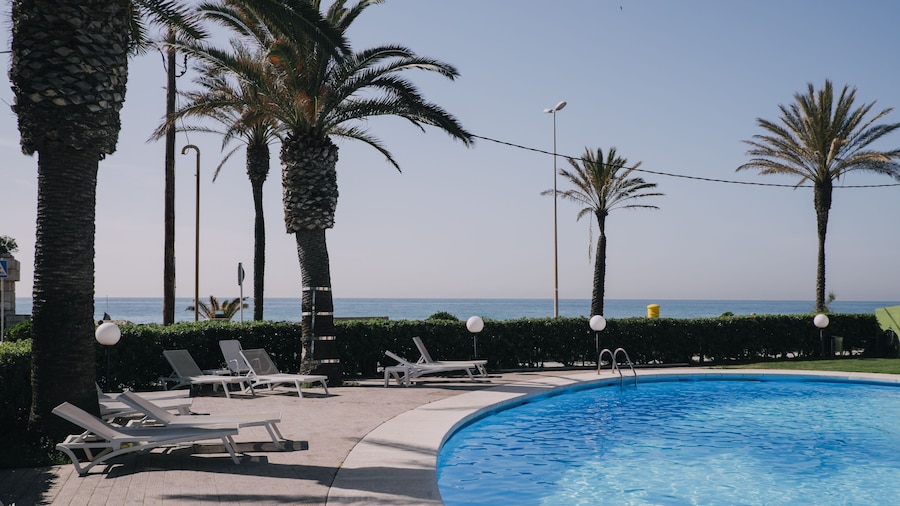

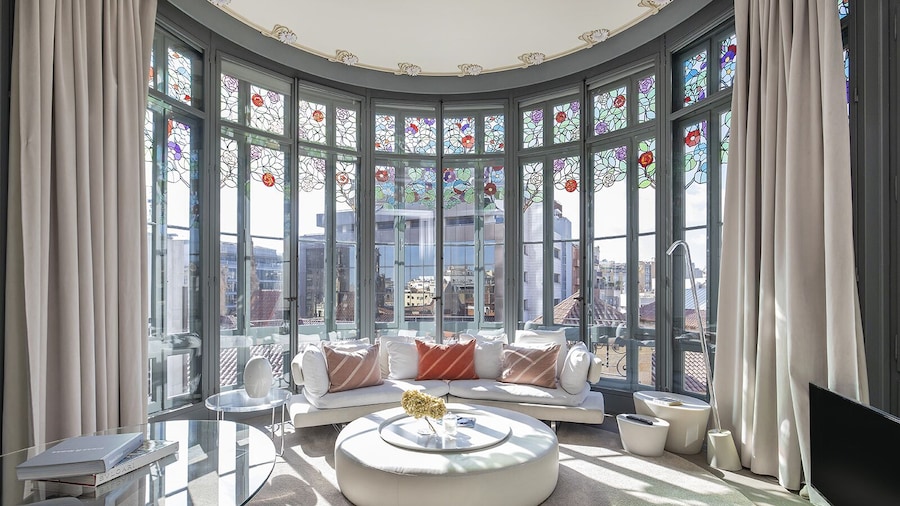
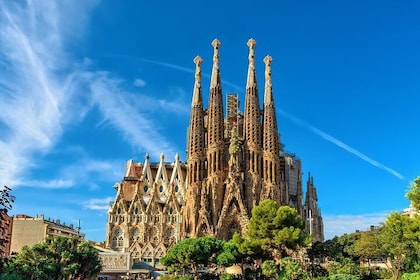
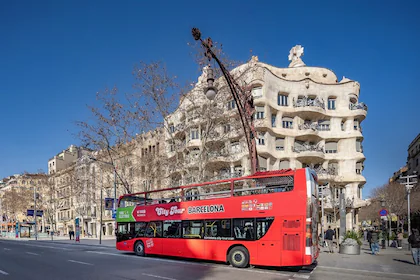
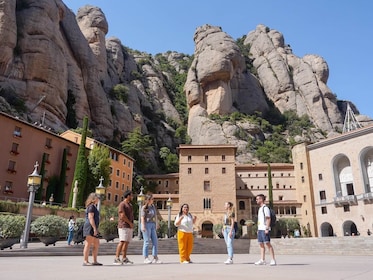
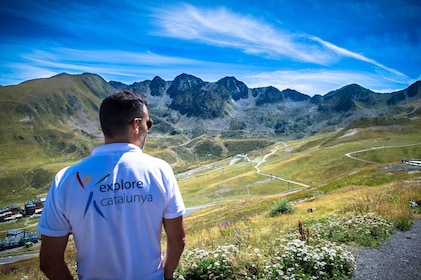
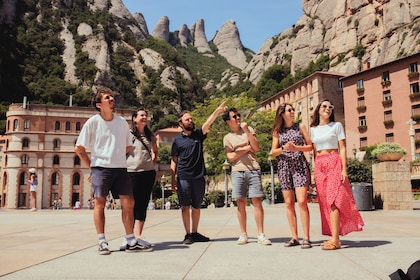


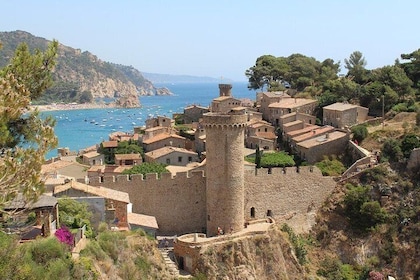
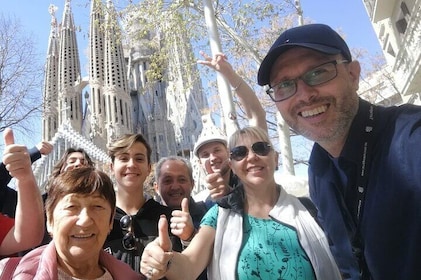

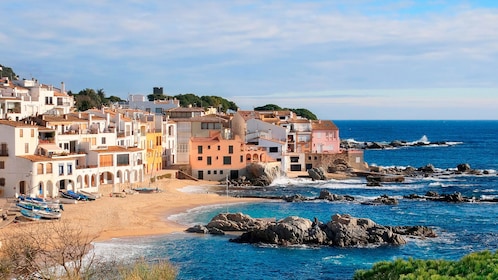





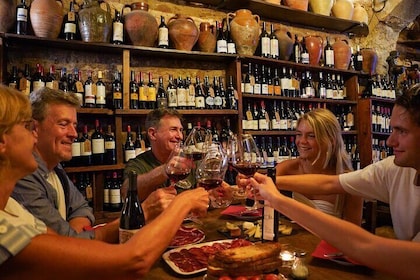

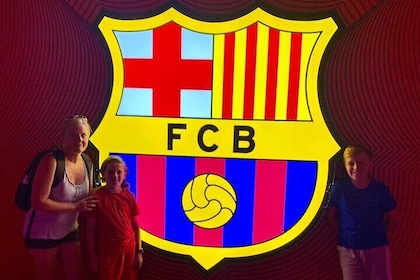

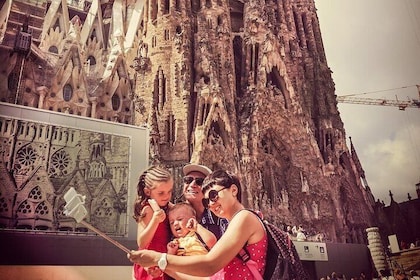







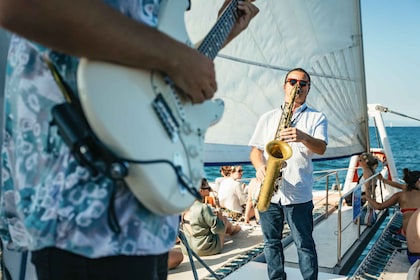
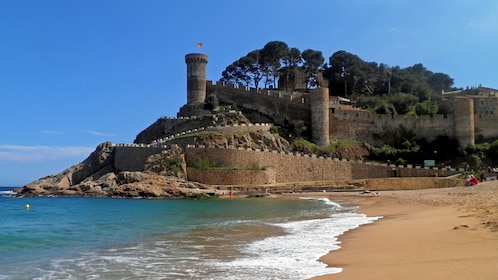







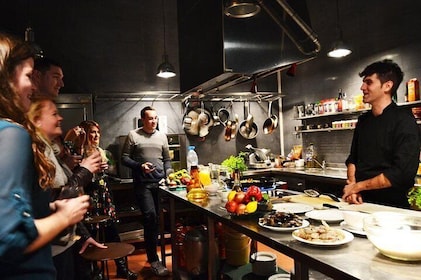




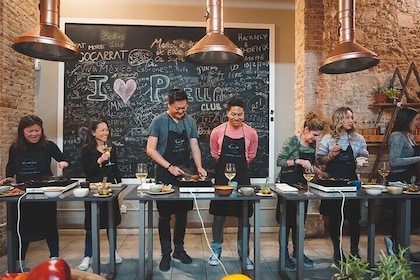
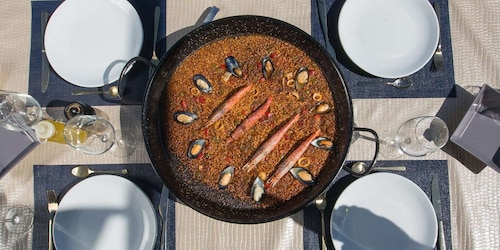
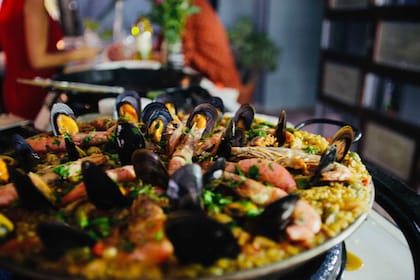









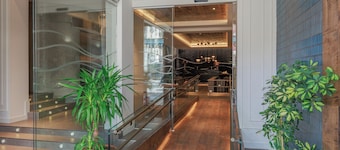



 Calendar Month
Calendar Month Temperature
Temperature Precipitation
Precipitation Cloudiness
Cloudiness Occupancy
Occupancy Pricing
Pricing